Introduction.
During World War II the RAF aimed to maintain its fighting aircraft at maximum strength. Air Sea Rescue operations had to fight hard for resources. Aircraft allocated to Air Sea Rescue tended to be older designs of less use as fighters or bombers.
Air Sea Rescue operations needed different aircraft:
- search duties, to locate ditched crew
- seaplanes to land on the sea and pick up survivors
- bomber aircraft to carry the airborne lifeboats, suspended from the bomb-bay
- fighters to protect search, seaplane and bomber aircraft on rescue operations
Initially, the Hudson bomber was allocated for the airborne lifeboat. Around 80 Mark 1 lifeboats were built for this aircraft. The larger Warwick bomber was later allocated. Over two-thirds of all lifeboats built during the war were for the Warwick which formed the workhorse of the war for airborne lifeboats. The Warwick carried the Mark IA and Mark II lifeboats.
Lifeboat Carrying Aircraft
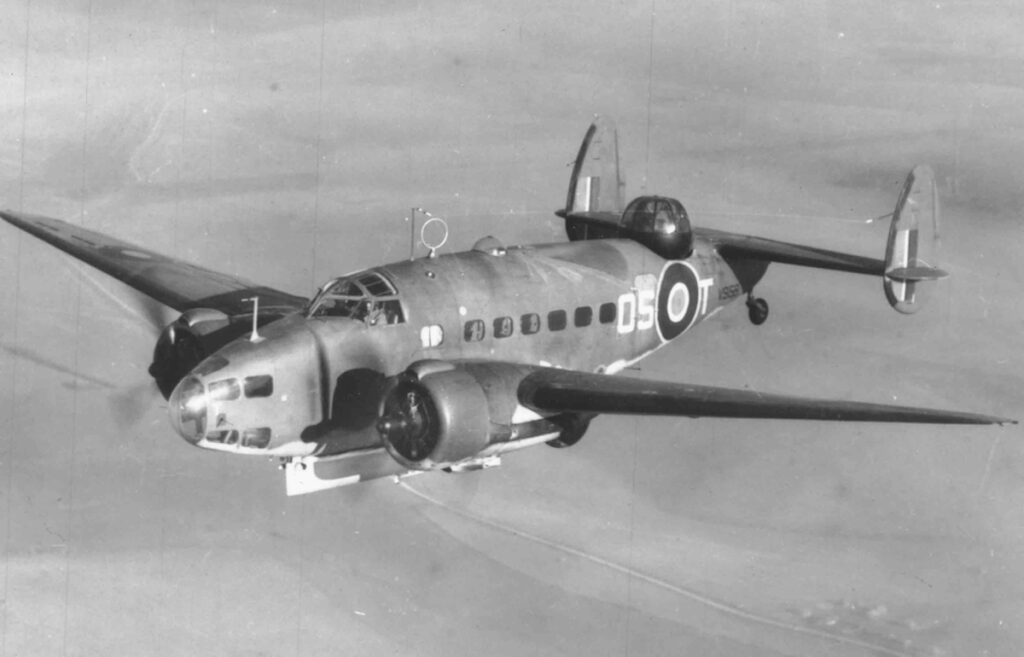
Lockheed Hudson
The first Airborne Lifeboat carrier. 71 of the around 738 lifeboats built during the war were for the Hudson. (10%)
It started the war as an RAF light bomber but by 1942 was already being replaced by more capable planes. It was a relatively small plane and this and its low ground clearance imposed tight restrictions on the Mk.I lifeboat dimensions. The Hudson had a maximum weight of 18,500 lbs and a maximum speed of 249mph.
Information from the RAF Museum here.
Information from the manufacturer here.

Vickers Armstrong Warwick
Before even the first Airborne Lifeboat was operational the Warwick was being replaced as a bomber/torpedo bomber and made available for Air Sea Rescue Service.
This aircraft was the mainstay of the Airborne Lifeboat capability in the war. 546 (three quarters) of the around 738 lifeboats built during the war were for the Warwick. 402 were Mark IA and 144 were the larger Mark II. With a maximum weight of 45,000 lbs, it was significantly larger and more powerful than the Hudson which enabled the much larger Mark II lifeboat.
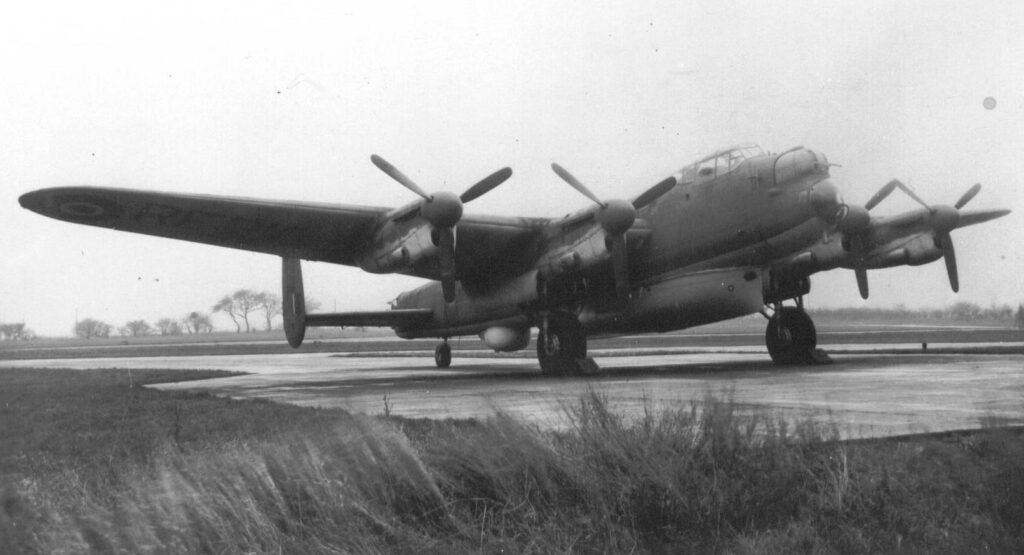
Avro Lancaster
The Lancaster was a heavy and powerful bomber that carried the Mk. IIa Lifeboat easily. 97 of them around 738 lifeboats built during the war were for the Lancaster (13%). All 97 were originally built as Mark I for the Warwick and subsequently modified. The maximum weight of 63,000 lbs, more than a third larger than the Warwick

Fairey Barracuda
Towards the end of the war, the Navy (Royal Fleet Air Arm) investigated the use of an Airborne Lifeboat. The carrier was to be the small torpedo bomber and reconnaissance Fairey Barracuda. 24 of the around 738 lifeboats built during the war were the RN-1 for the Barracuda although there are no records of any operational use.
There are no records of the lifeboats being used operationally.
The Barracuda maximum weight was 14,000 lbs.
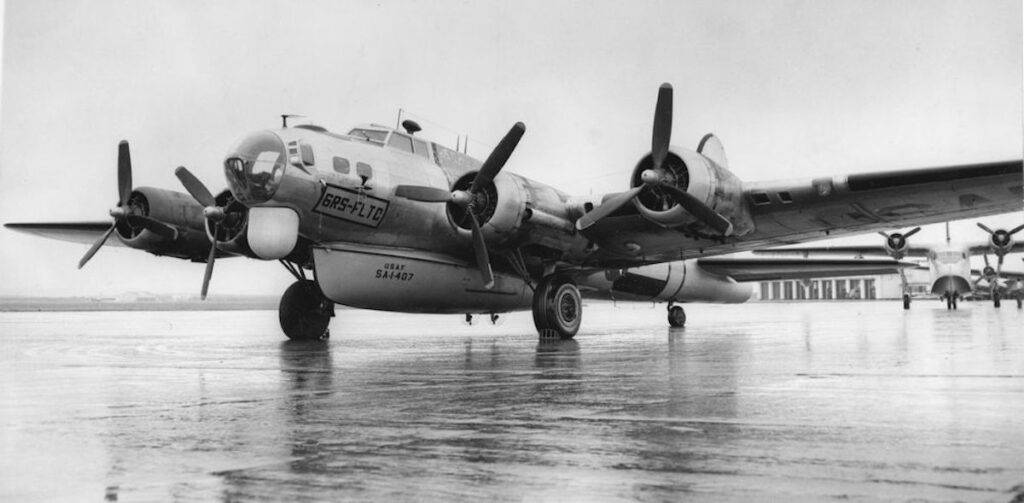
Boeing B17 Flying Fortress
The American B17 was used y the US Air Force with their A-1 lifeboat during the war. They had taken the design for the Mk.I RAF lifeboat and developed the A-1 which was broadly similar. The Americans went on to develop the much larger A-3. The B17 had a higher maximum weight than the Lancaster at 65,000 lbs but a slightly lower top speed.
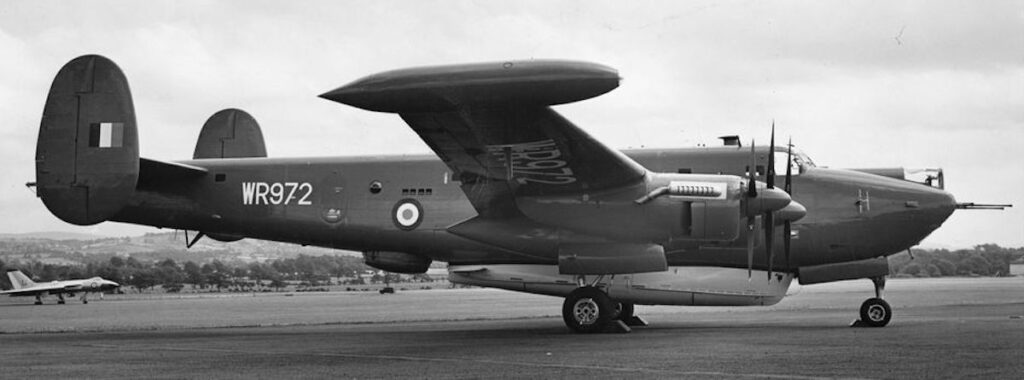
Avro Shackleton
Entering service with the RAF in 1951 the Avro Shackleton was primarily used for reconnaissance duties. The plane was capable of long duties ‘on station’. The Mark III lifeboat was designed and built by Saunders Roe in the early 1950s.
50 lifeboats were built but never used operationally.
Other Air Sea Rescue Aircraft
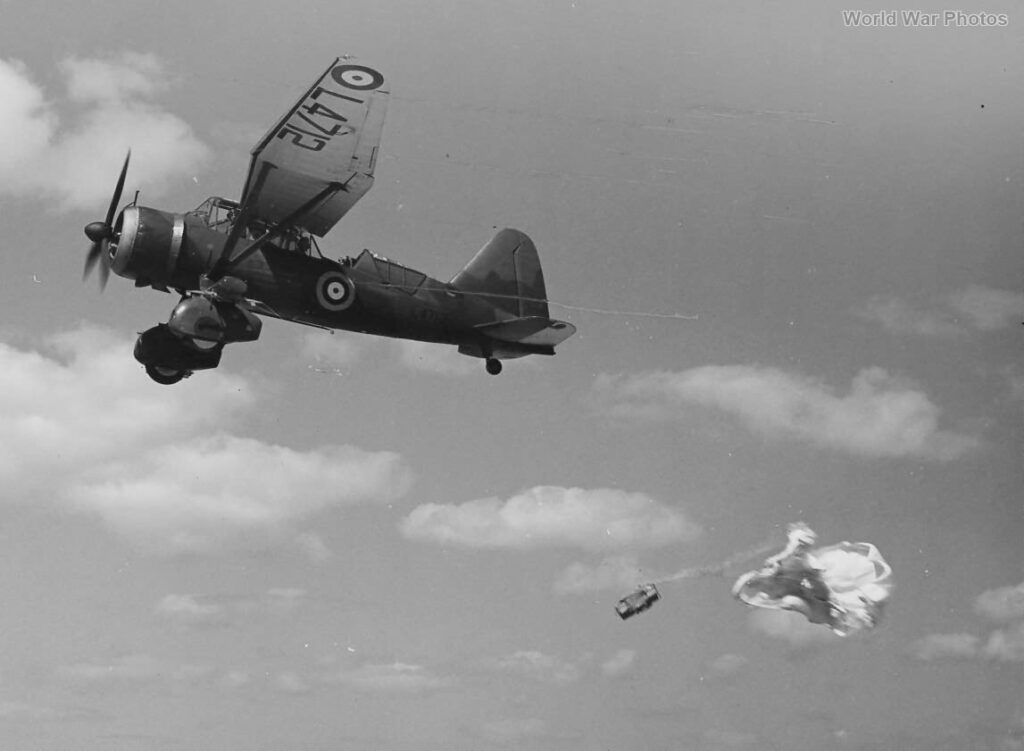
Westland Lysander
First operational in 1938 these were originally used for army cooperation duties. They were then used as coastal spotters and as light bombers.
As part of the Air Sea Rescue squadrons, they were frequently able to locate ditched crews and drop gear and equipment to crews to use until help arrived. However, they were very vulnerable.
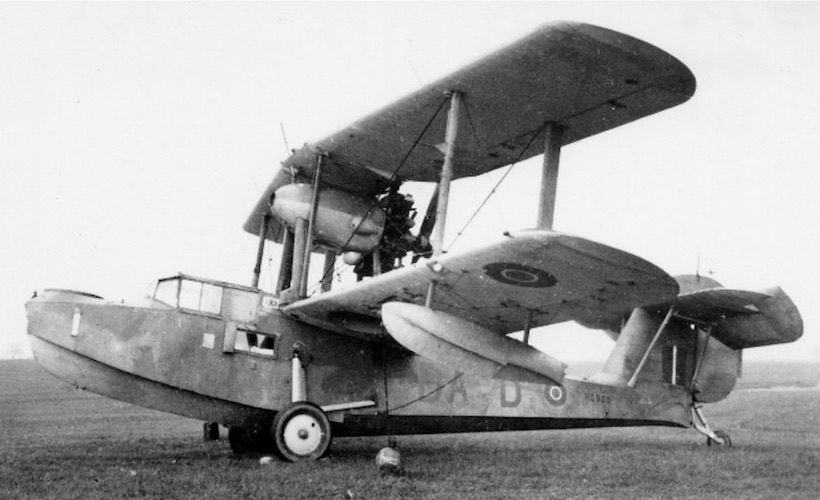
Supermarine Walrus
The Walrus, designed in the early 1930s, was used for air-sea rescue in the Royal Navy and the Royal Air Force. The specialist RAF Air Sea Rescue Service squadrons flew a variety of aircraft, using fighters to patrol for downed aircrew, light bombers to drop supplies and dinghies and Walruses to pick up crews from the water if conditions allowed the aeroplane to land on the sea.